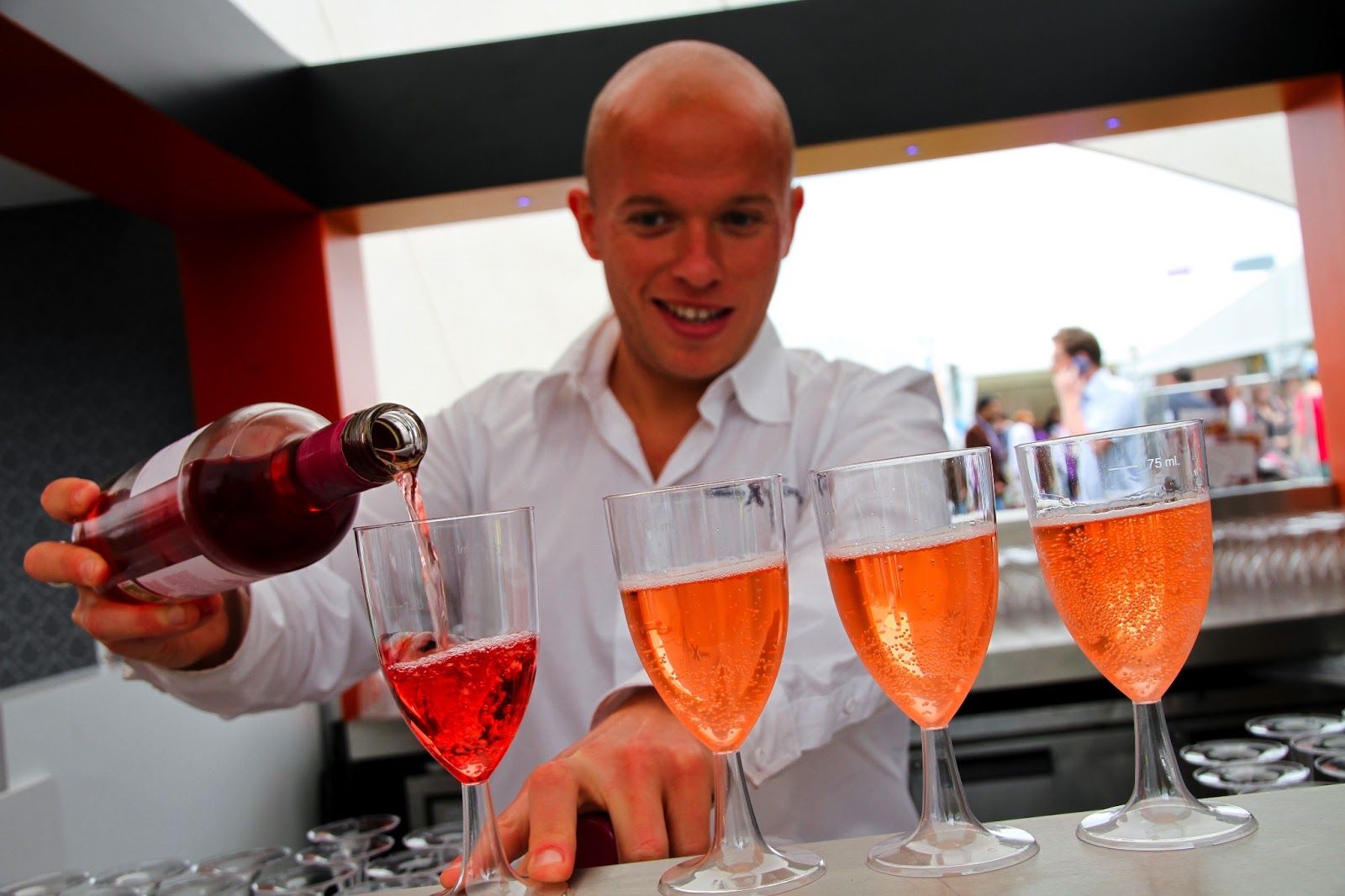It might be hard to believe but the overall rosé category is losing sales year-on-year. But the big stand out success, according to figures released by Castel Freres, is Provence rosé which is driving most of the growth in the sector.
In the first of a series of articles over the next two months as part of The Buyer & Castel Freres Rosé Project, exploring different aspects of the rosé category, from its different styles, through to the packaging, imagery and perception of rosé amongst trade buyers and consumers, we look at the bare facts about the category. Just how is rosé performing and if you are going to refresh or add to your list, which styles of rosé should you be looking to have in your ice buckets in the coming weeks?
Know your competition
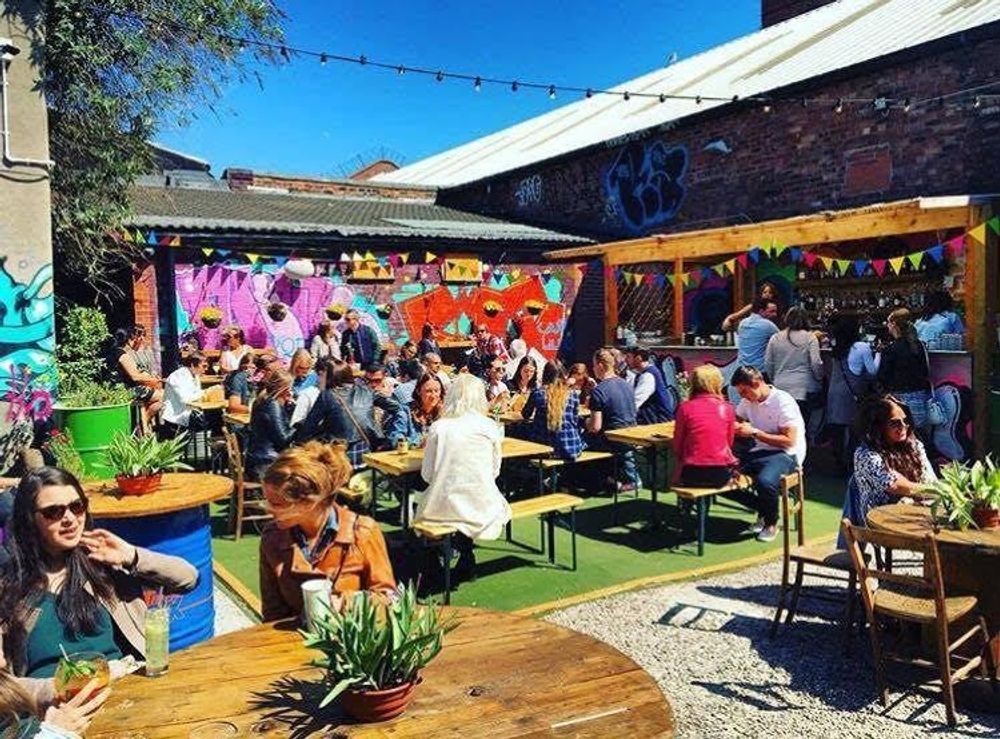
The sun is out, and you’re down the local: but what are you going to drink?
So the sun is out and you’re heading to your favourite bar for a relaxing couple of hours with friends over drinks. But what are you going to drink? The choices open to the average drinker are now far more than they were a few years ago when a lager and lime was pretty much all you would see being sipped in beer gardens across the country.
Now there are a whole raft of drinks to choose from be it beer, which is more likely to be craft than from a mass produced brewery, a cider, with a selection of flavours to choose from, a fancy cocktail, or an Aperol perhaps. If wine is more your thing then you have the choice of fizz, be it Prosseco, Cava, English even, or splashing out on Champagne. Then there is the fail safe options of a still glass of wine or rosé.
With such an array of talent on offer it can be as hard for any type of drink or brand to catch the eye of the consumer never mind the bartender tasked with serving it.
We might all like to think we love a glass of rosé sitting in the summer sun, but the chances are it will be one of many drinks customers will try over the summer, flitting one way or the other depending on how the mood takes them.
Gaining popularity
Wine Intelligence, for example, claims rosé is the fourth most popular drink category in the UK, behind only white wine (82%), red wine (73%) and beer (55%) with 48% saying it is part of their drinking repertoire.
Which makes it just as popular as Prosecco (48%) and more so than Champagne (43%), vodka (37%), whisky (37%) and gin (34%).
Winners and losers
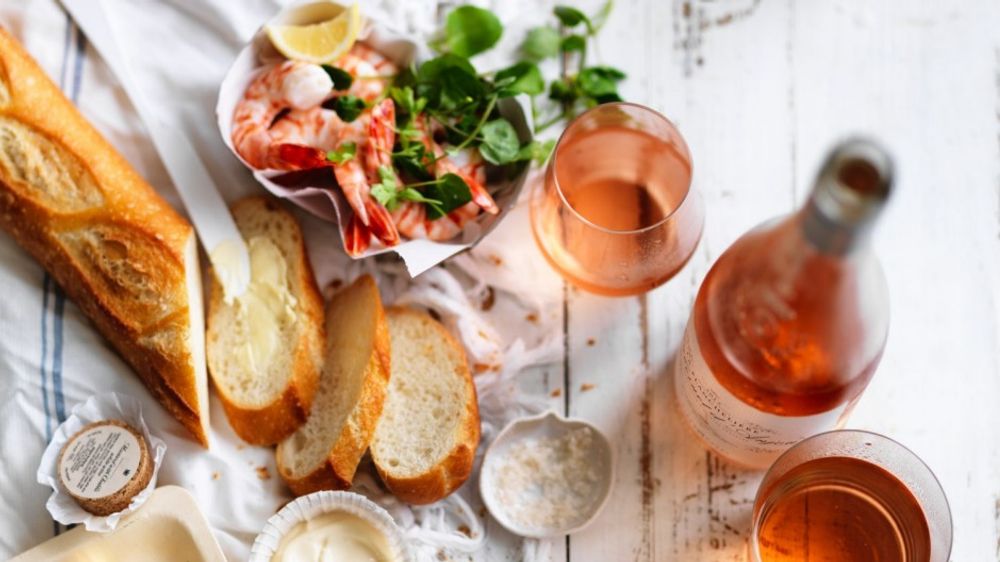
So it is therefore a bit more than a surprise to find that rosé as a whole is in the doldrums losing some 7.5% in sales between 2015 and 2016 (IRI). But, in fairness, that does not tell the full story. When it comes to rosé there are some big winners and losers with the French more than holding their own. In fact if was not for French rosé then the situation could be even wore, for this is where the growth in sales is coming from or to be precise:
- French AOP rosé sales were up 20% in 2015/2016
- But it is Provence that is the poster boy of the category with sales up 33% over the same period (IRI figures supplied by Castel Freres).
What’s more it is the French rosés that are driving value in the category and can be sold at higher price points. Just compare the difference:
- The average price for a bottle of rosé sold for £5.01 in the year from October 2015.
- French AOP rosé had an average off-trade sales price of £6.67.
- Provence rosés had an average selling price of £8.48, up 4% (IRI figures supplied by Castel Freres).
Big rosé drinkers
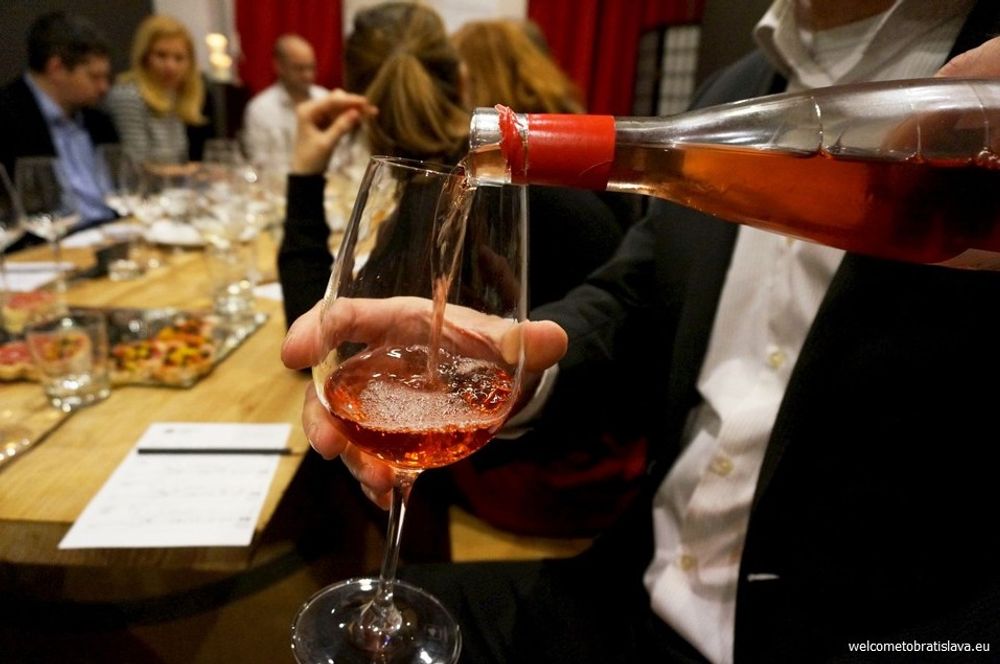
Men are just as likely to drink rosé in the US as women
Rosé will account for nearly 30% of the wines drunk by those who are happy to describe themselves as “heavy” rosé drinkers, according to Wine Intelligence. It carried out a study in the US that found both men and women are equally strong rosé drinkers and that they are very loyal to the category, accounting for 54% of all rosé sales in the US although they are only 40% of the wine drinking population.
Other factors to know about rosé drinkers, based on Wine Intelligence’s US study:
- they are the most frequent drinkers in the on-trade.
- biggest spenders on wine in both the on and off-trades.
- 65% of them are millennials.
- they have the highest average income.
Distribution issues
The big challenge for Provence rosé is getting enough of it on the right wine lists. We might all like and know Provence rosé, it’s just a bit difficult to find.
Look at Wine Intelligence’s consumer research which shows that whilst 58% of its consumer base (of over 1,000 wine drinkers) are aware of Provence as a region, only 7% had bought and drunk it in the previous three months – the 20th highest on the list.
In fact it is the 13th most recognisable wine region in the world, just below Tuscany at 61%, Chianti 67%, Rioja 67%, Prosecco 75%, Burgundy 79% and Bordeaux and Champagne both at 82%.
Exports are coming
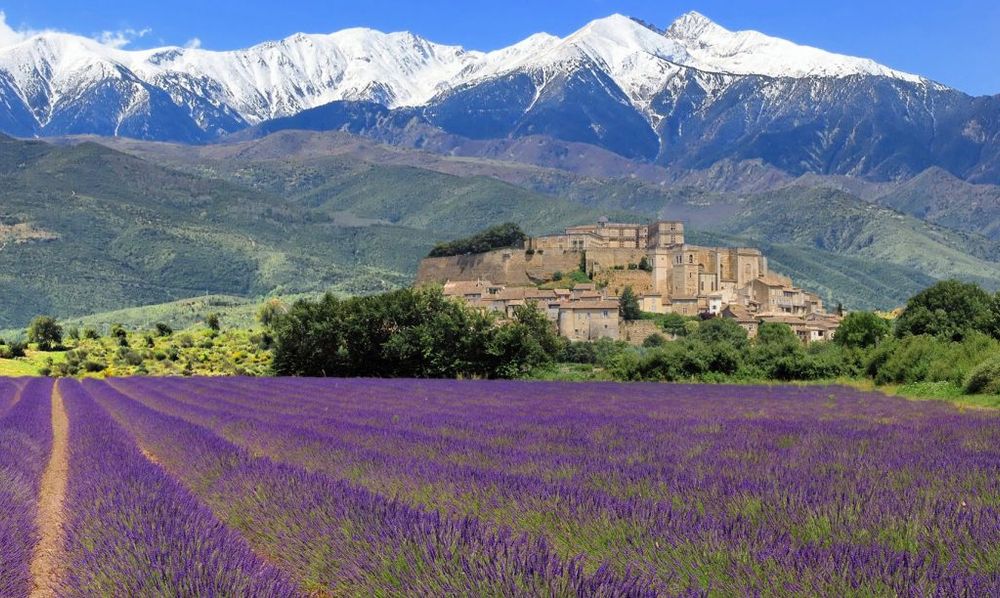
There is understandably more Provence rosé coming in to the UK with a 27% and 29% jump in volumes in 2014-2015 and 2015-2016 (CIVP French Customs data from Castel Freres) backed by nearly twice as big a value market for rosé in the UK over the same period. But with distribution for general French rosés more than double that of Provence rosé in the UK there are clearly some big gaps in the market to fill.
Provence production
The scale of Provence rosé versus the rest of France and even the world is best illustrated with these figures. Provence is the biggest producer of rosé wines anywhere in the world, accounting for 6% of its production and now makes up 40% of all French AOP wines (Castel Freres figures).
Provence’s three main wine regions account for 26, 440 hectares across 600 producers and 40 negociants:
- The five year average of Cotes de Provence sees it producing 820,000 hectolitres a year, of which rosé accounts for 89%, red 8% and white 3%.
- This compares to Coteaux d’Aix, that produces 165,000 h/l of which 83% is rosé, 12% red and 5% white.
- Then there is Coteaux Varois which produces on a five year average 98,800 h/l a year, including 91% rosé, 7.5% red and 2.5% white (Castel figures).
Next time in The Buyer & Castel Freres Rosé Project we will explore the different styles of rosé and which ones are catching the attention and wallets of wine drinkers on a night out.
